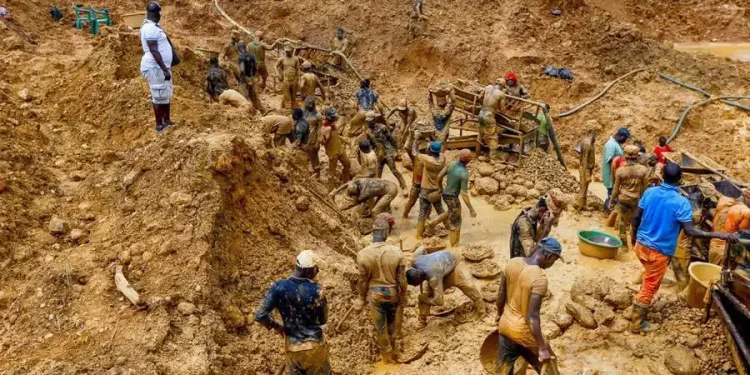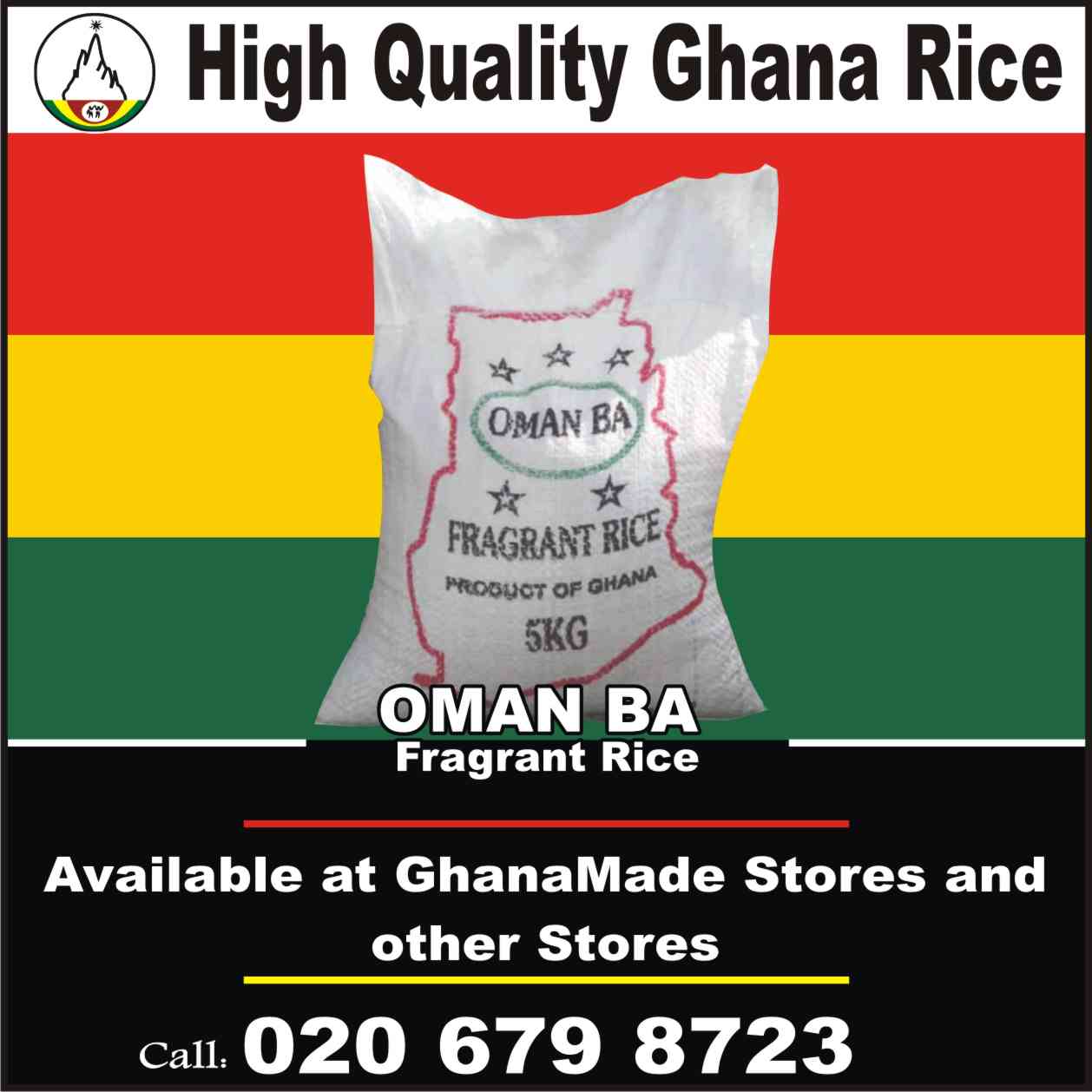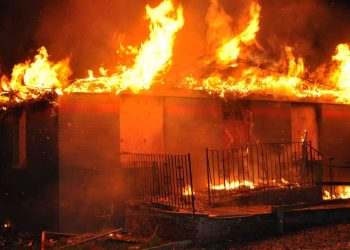An assessment conducted jointly by Pure Earth and the Environmental Protection Agency (EPA) has revealed high levels of poisonous metals contaminating Ghana’s environment.
The Mercury and Other Heavy Metals Impact Assessment (MIA), carried out from August 2024 to September 2025, found significant pollution from heavy metals.
The research, which focused on the prevalence of poisonous substances in small-scale mining areas, found high levels of mercury, arsenic, cadmium, lead, and other heavy metals.
These contaminants were discovered in the soil, water, air, crops, and fish in mining communities across the country.
The research was conducted in six regions including the Ashanti, Western, Western North, Eastern, Central, and Savannah.
The report says mercury levels in soil were highest in Konongo Zongo in the Ashanti Region, with an average of 56.4 parts per million (ppm), more than five times the safe limit for playground soil (10 ppm), and a peak level of 1,342 ppm, highlighting its severe contamination and potential health risks.
In the Western Region, air mercury levels in Wassa Kayianko averaged 1.84 µg/m³, surpassing Ghana’s permissible limit of 1 µg/m³. Peak levels reached as high as 150 µg/m³, likely due to gold smelting activities.
Additionally, tests on fish from all small-scale mining areas showed that mercury levels were within safe limits.
However, the report noted that the findings are inconclusive due to the limited sample sizes.
Other heavy metals, such as lead, were found in soil, water, fish, and food crops.
Tests conducted in Asiakwa in the Eastern Region revealed significant pollution, raising concerns about potential health risks.
Tests on fish samples showed mercury levels above safety limits, emphasising the urgent need for a health risk evaluation.
In Konongo Zongo, lead in fish reached 1.7 mg/kg, surpassing the WHO’s food safety guideline of 0.3 mg/kg.
At Akwaboso in the Central Region, fish samples contained even higher levels, up to 2.8 mg/kg.
Arsenic levels in soil notably in Konongo Zongo were found to be high levels resulting in the critical contamination of the soil.
#StopGalamsey: ‘Ghana is watching how you deal with illegal mining’ – Barker-Vormawor to government
Regarding food crops, the MIA report stated that arsenic levels exceeded safety limits in numerous samples collected from all the mining sites.
The study made several recommendations in its report, including launching a public health campaign to address the issue.










Discussion about this post